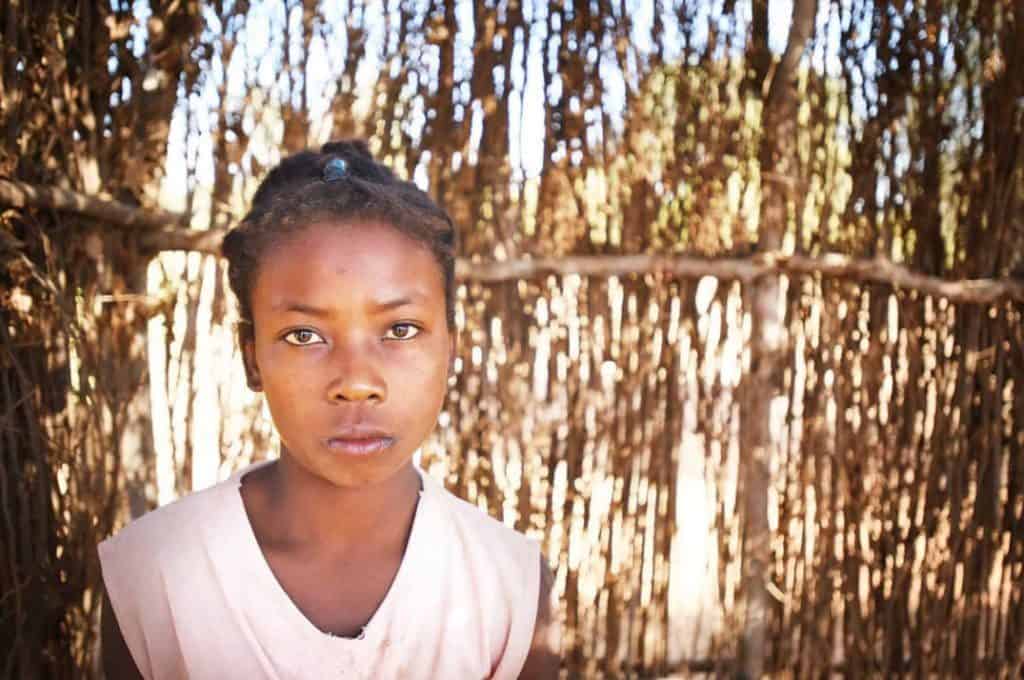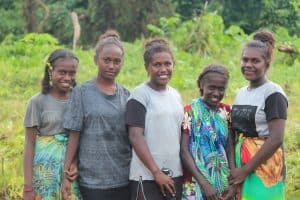
In Madagascar, It hasn’t rained for almost two years, the earth is packed hard, and only the occasional cactus breaks the horrific sea of brown—and even they are starting to wither from the lack of rain.
Empty. It’s also how you’d describe the eyes of starving children like Saholy. Their stomachs are empty too, and if more is not done, many will die.
Saholy lives with her grandmother and eight of her siblings and cousins. Home is two small stick huts in the middle of a dusty field.
Saholy’s grandmother is old and tired, burdened by the responsibility of caring for so many young ones. From her tiny garden, she sells special leaves for a traditional Malagasy dish.
But Saholy never gets to eat it, nor do any of the children. This garden is what pays their school fees.
Saholy eats only wild sweet potatoes and cactus fruit, scavenged from the land. But it’s competitive, with scores of families like theirs in the same scenario—and it’s getting harder to find food.
“If my grandmother doesn’t find potatoes, then we have to go out after school and look for food. Sometimes we walk two to three hours to find anything,” Saholy says.
“When things are bad, we eat cactus fruit; it isn’t filling,” she says.
As if that isn’t bad enough, there are certain times of the year when the cacti growing around their house don’t produce any fruit at all. When this happens, Saholy and her siblings gather sour tamarind fruit and mix it with water and ash from their fire.
“The ash makes the meal more filling and helps it stretch,” she says.
At school, Saholy is a focused student despite the hunger in her belly. She and her classmates sit in the dirt under a makeshift roof, listening to their teacher and copying notes onto their chalkboard slates.
“I don’t want to be like my grandmother and have to collect wild potatoes to eat,” she says. “I’ve been hungry for three years.”









